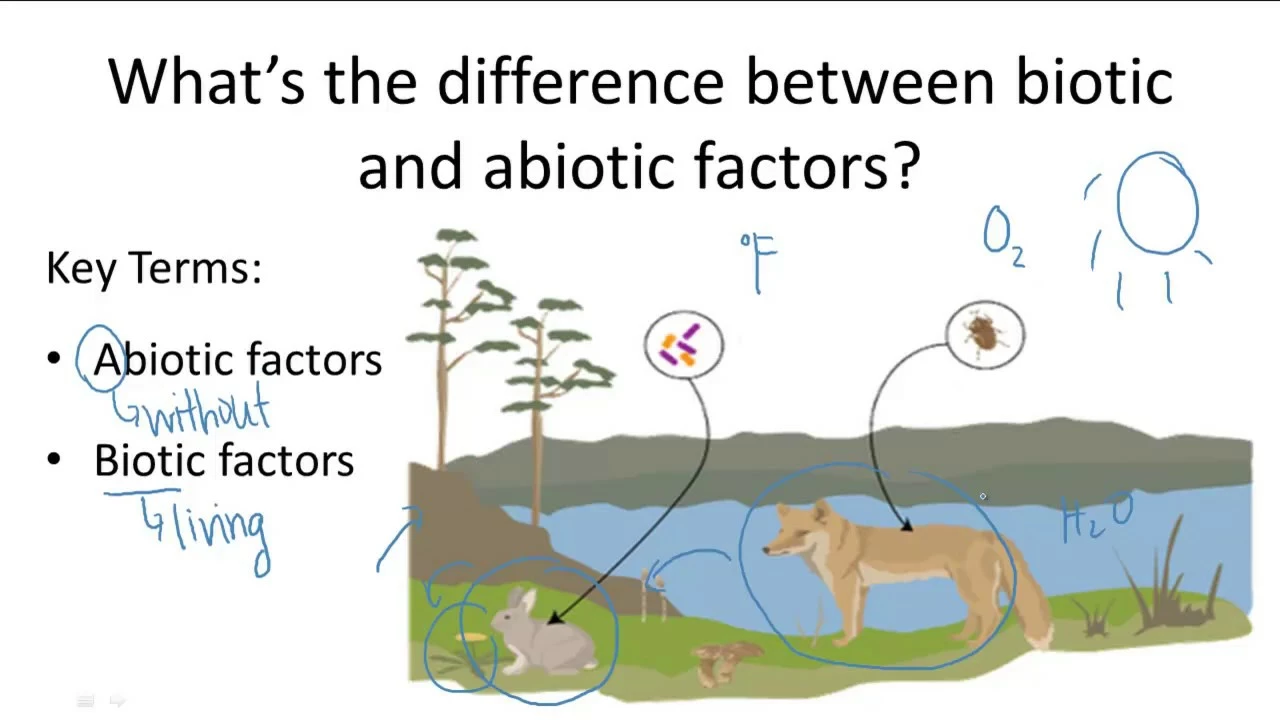Unravelling the Mystery of Air Pollution: The Abiotic Factors at Play
Picture this: my golden retriever, Baxter, and I are out on our standard morning stroll. The sun is barely breaking the horizon, and the atomsphere is crisp with a fresh dawn promise. Out in the distance, a foggy haze veils the city skyline, a stark reminder of humanity's undying, yet grim, romance with industrialisation. You guessed it right, folks. We're talking about air pollution, an unwelcome guest that turns our stunning skyline views into a blurry haze.
Feeling the sting in our eyes and the itch in our throats, it made me ponder the abiotic factors contributing to air pollution. Abiotic factors are all those physical and non-living elements in the environment. They play a significant role in air pollution and its impacts, and how it moves and evolves over time. These include sunlight, temperature, wind, and precipitation. Now, these may seem as innocuous as my parrot Tiki's morning squawks, but in reality, they have as much kick as Baxter when he spots a squirrel.
Decoding Air Pollution: The Biotic Factors Intricacies
Speaking of squirrels, let's turn our gaze to the living side of things, where the plot really thickens. That's right, mate, we're now venturing into the biotic factors. For those not in the know, biotic factors involve all living elements within an environment, from bacteria and fungi to plants and animals, including humans. Think of it as a buzzing hive of activity, much like the time my son Lachlan tried to bake cookies and somehow turned our kitchen into a bustling ant metropolis.
The contribution of living organisms, including our species, to air pollution, is noteworthy. Processes such as respiration in animals and decay in plants release gases into the atmosphere that directly effect air quality. But be assured, folks, just as Cecilia, my better half, cleverly resolved our ant invasion, there are indeed solutions to the air pollution caused by biotic factors.
Shining Some Light: The Role of Solar Radiation
Who would've thought that our lovely old sun, while lending sparkle to my Cecilia's eyes, also plays a role in air pollution? It's true! Solar radiation instigates chemical reactions with pollutants like Nitrogen Oxides (NOx) and Volatile Organic Compounds (VOCs) creating ground-level ozone, or what we commonly call smog. It's like when sunlight hits Tiki's cage, and he starts squawking up a cacophonous storm; similarly, when sunlight hits these pollutants, they end up "squawking" up a storm of smog.
But fear not, my friends, just as there are sunshades for Tiki's cage, there are also mitigations for harmful solar radiation impacts.
The Wind in our sails: How Wind influences Air Pollution
Wind, both a bane and a boon, can significantly impact air pollution. On one hand, wind can distribute pollutants over a wide area, much like the time it blew my daughter Imogen's painting project all over the neighborhood. On the flip side, it can also help disperse pollutants, reducing concentration levels, like when it miraculously picks up and quiets Tiki's discarded feathers from around the house.
Navigating this double-edged sword involves strategic planning and action. You wouldn't let an ambitious art project go without adequate paperweights, would you?
A Matter of Degree: The Impact of Temperature
Temperature, while responsible for those lovely summer days perfect for a family picnic, also has a vital role in air pollution. When the heat rises, it increases the rate of chemical reactions, boosting the formation of pollutants. It's akin to the time I forgetfully left Lachlan's science project in the sun, turning a simple potato battery into a mini Mount Vesuvius.
Our response to temperature-related pollution is much like our approach to that hot summer's day: we need promising strategies to chill out the situation and keep things cool, and maybe even a nice, cool lemonade to beat the excess heat.
The Downpour Effect: The Influence of Rainfall
Finally, let us not forget the role of our rainy days in the drama that is air pollution. While rainfall can be a literal clean sweep, washing away some pollutants from the atmosphere, it can alternatively cause acid rain if it mingles with certain pollutants, much to the detriment of our environment. It's like those dual-natured friends we all have - on one hand Baxter's best sidewalk buddies, on the other hand, Tiki's worst nightmare.
Like overcoming the fear of Tiki's nemesis, dealing with rain-induced pollution requires understanding its nature and finding ways to make it less harmful, just as we do with all challenges in life.
All in all, the factors influencing air pollution seem multifold and quite complex indeed, much like my family's interactions under a single roof. But as we've seen, understanding these allows us to chart a course through the sometimes foggy landscape of air pollution, reaching a clearer and cleaner horizon - something we all indeed aspire toward, right?



